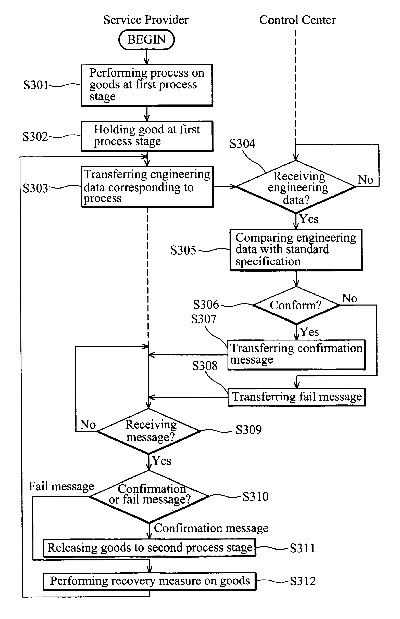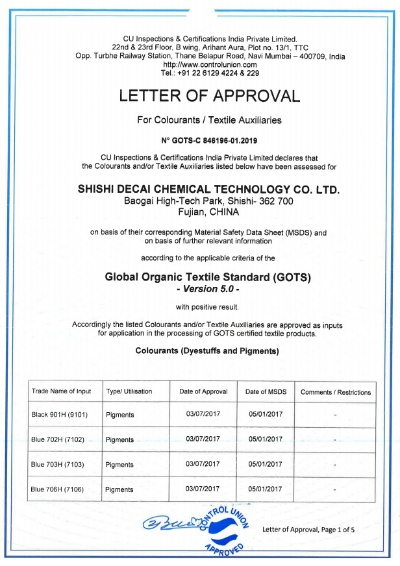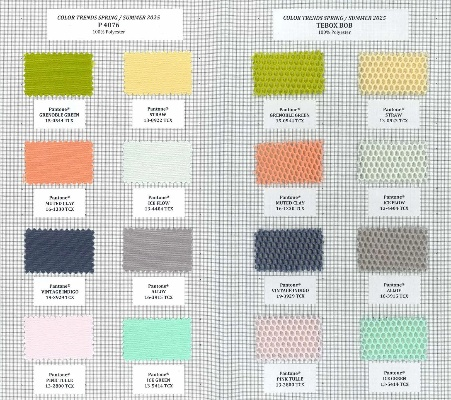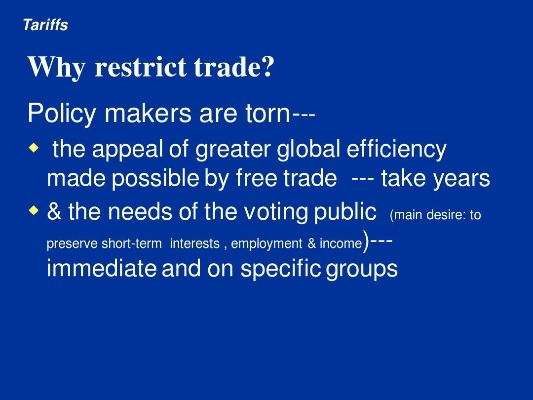The Standards of the Textile Quality Management System

In today's globalized market, textile products have become an integral part of our lives. From everyday clothing to high-quality fabrics for furniture and upholstery, the quality standards for these textiles have become paramount in ensuring customer satisfaction and brand reputation. As a result, implementing a well-structured textile quality management system has become essential for any textile industry player looking to stand out in a competitive marketplace. In this article, we will explore the fundamentals of such a system and highlight some key considerations for its implementation.
To begin with the basics, a textile quality management system is a systematic approach to ensuring that textile products meet or exceed specified quality standards. It involves defining quality objectives, establishing quality policies and procedures, monitoring and controlling quality throughout the product lifecycle, and addressing non-conformities. This system is designed to promote continuous improvement and prevent defects from reaching the customer base.
The first step in developing a textile quality management system is defining quality objectives. These are measurable targets that outline the desired outcomes of the quality program, including meeting customer needs, maintaining market share, and reducing defect rates. For example, an apparel manufacturer might aim to achieve zero defect rates on their garments, while a home textile company might aim for consistent colorfastness across all products. Once objectives are established, the next step is to establish quality policies and procedures. These should be tailored to the specific characteristics of the textile product, such as material selection, dyeing processes, or sewing techniques.
Monitoring and control are also crucial components of a successful textile quality management system. Compliance with quality standards can only be achieved if there is ongoing monitoring of production processes and inspections of finished goods. This can involve regular audits, third-party certifications, and quality assurance programs. Additionally, it is important to have a clear process for identifying and resolving non-conformities quickly and effectively. This may involve setting corrective action plans, conducting root cause analysis, or implementing corrective measures to prevent similar issues from occurring in the future.
One of the challenges in implementing a textile quality management system is ensuring consistency across different stages of the production process. Each stage of the textile lifecycle—from raw materials procurement to final product assembly—requires careful attention to detail to maintain quality standards. For example, during the fabric production phase, quality control measures should be implemented at every stage of the process, from cutting to dyeing to finishing. Similarly, during the garment production phase, quality control measures should be applied at each stage of the process, from pattern making to stitching to packaging.
Another important aspect of a textile quality management system is customer feedback. By regularly soliciting customer feedback, companies can identify areas where they need to improve and make necessary adjustments to their products and processes. Customer satisfaction is critical for the long-term success of a business, and providing customers with high-quality products that meet their expectations helps build brand loyalty and reputation.
In addition to these core elements, it's also important for companies to consider adopting internationally recognized standards like ISO (International Organization for Standardization) 9001. This standard sets out requirements for quality management systems, providing a benchmark against which textile companies can measure their own performance. By following ISO 9001, companies can demonstrate their commitment to excellence in quality management and gain trust and recognition from customers around the world.
Finally, it's worth mentioning that technology plays a vital role in the implementation of a textile quality management system. Advanced tools such as computer-aided design (CAD) software, automated testing equipment, and data analytics software can help textile companies optimize production processes, reduce defects, and streamline their operations. Additionally, digitalization can enhance communication between different departments within the company, leading to better decision-making and improved efficiency.
In conclusion, a textile quality management system is a comprehensive approach to ensuring the quality of textile products. By defining quality objectives, establishing quality policies and procedures, monitoring and control, ensuring consistency across different stages of the production process, taking customer feedback into account, and adopting international standards like ISO 9001, companies can create a strong foundation for their success in today's competitive marketplace. As technology continues to evolve, it will become increasingly important for textile companies to stay ahead of the curve by investing in cutting-edge solutions that enable them to deliver exceptional quality products to their customers time and time again.
随着纺织品行业的快速发展,纺织品质量管理体系的建设显得尤为重要,本范本旨在提供一个实用的纺织品质量管理体系模板,帮助企业建立和完善纺织品质量管理体系,提高纺织品质量水平。

纺织品质量管理体系概述
-
纺织品质量管理体系定义 纺织品质量管理体系是指企业为了确保纺织品的质量符合相关标准和法规要求,通过制定、执行、监督和改进一系列管理措施和程序,形成的一套完整的质量管理体系。
-
纺织品质量管理体系的重要性 纺织品质量关系到消费者的生命安全、健康和权益,是企业形象和信誉的重要体现,建立完善的纺织品质量管理体系,可以确保纺织品的质量稳定、可靠,提高消费者的信任度和满意度。
纺织品质量管理体系范本
(1)组织架构:明确各部门职责,形成高效的管理架构。
(2)管理原则:遵循科学、规范、高效、可持续的管理原则。
(3)管理流程:制定从原料采购到成品出厂的全过程管理流程。
(4)管理措施:包括原料检验、生产过程控制、成品检验等环节的质量控制措施。
(5)记录管理:建立完善的质量记录管理制度,确保记录的真实、完整、可追溯。
案例说明
(1)案例一:某纺织企业建立纺织品质量管理体系的实践

该企业建立了以总经理为核心的质量管理委员会,明确了各部门职责,在原料采购环节,建立了严格的供应商审核制度,确保原料的质量符合要求,在生产过程中,建立了生产过程控制流程,对生产过程中的关键环节进行严格控制,在成品出厂前,进行了全面的质量检测和评估,确保成品的质量符合标准,该企业的纺织品质量管理体系得到了消费者的广泛认可和好评。
(2)案例二:纺织品质量管理体系改进案例
某企业在建立纺织品质量管理体系的基础上,不断进行改进和完善,他们引入了先进的检测设备和技术,提高了检测的准确性和效率,他们加强了对员工的培训和管理,提高了员工的质量意识和技能水平,通过这些改进措施,该企业的纺织品质量水平得到了显著提高,赢得了更多的市场份额和客户信任。
实施纺织品质量管理体系的建议
-
制定详细的管理计划,明确管理目标和要求。
-
建立完善的管理制度,确保管理措施的有效执行。
-
加强员工的质量意识和技能培训,提高员工的质量意识和技能水平。
-
建立完善的质量记录管理制度,确保记录的真实、完整、可追溯。
-
定期对纺织品质量管理体系进行评估和改进,确保其持续有效运行。
建立完善的纺织品质量管理体系是保障纺织品质量的重要措施,本范本提供了纺织品质量管理体系的模板和实施建议,可以帮助企业建立和完善纺织品质量管理体系,提高纺织品质量水平,企业应该根据自身实际情况,制定详细的管理计划和管理制度,加强员工的质量意识和技能培训,建立完善的质量记录管理制度,确保纺织品质量管理体系的持续有效运行。
Articles related to the knowledge points of this article:
Exploring the Tapestry of Textiles in Yixing
A Glimpse into the World of 提篮桥纺织品有限公司
Textile Antimicrobial Longevity:A Comprehensive Analysis
Exploring the Global Fabrics of Shanghai Jinchang Textiles Co.Ltd.
The Ultimate Guide to Choosing the Best Fabrics for Durable Wear



